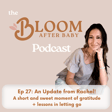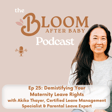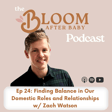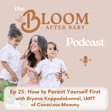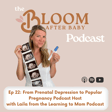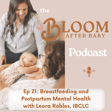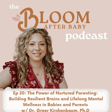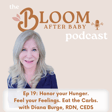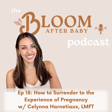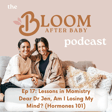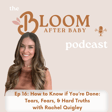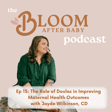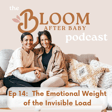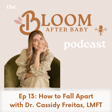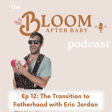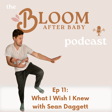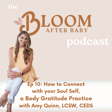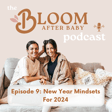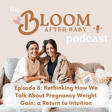
Leveraging Habit Formation to Reduce the Mental Load , Promote Calm, & Create More Peace in Your Home
The mental load of motherhood can lead to constant decision fatigue and a never-ending mental to-do list. One incredibly helpful strategy to combat this mental gymnastics is to harness the brain power of habit formation! Habits are also beneficial for our little ones, helping to promote security and confidence and reduce overstimulaiton.
In this episode, Jen will discuss:
- how habits can create lasting routines...
- how habits help reduce the mental load of motherhood...
- how habits can help create more peace and calm mentally, both for you and your little ones...
References:
The Power of Habit by Charles Duhigg
The Importance of Creating Habits and Routine - https://www.ncbi.nlm.nih.gov/pmc/articles/PMC6378489/#bibr5-1559827618818044
The Ultimate Guide for Helping Your Kids Create A Habit https://afineparent.com/habits/how-to-create-a-habit.html
Sponsors:
Needed | Get 20% off your first purchase. Just use the code Bloomafterbaby at checkout
Follow along with Bloom After Baby for all things maternal mental health: Instagram @bloomafterbaby [https://www.instagram.com/bloomafterbaby/?hl=en] and website bloomafterbaby.com [https://www.bloomafterbaby.com/]
** Don't forget to leave a rating and review if you enjoy this Podcast! Thank you so much! 🥰 **
This podcast does not contain medical advice and is for entertainment purposes only.
------------------------------------------------
nervous system regulation; habit, stress and anxiety; elevated cortisol; holistic approaches; root causes of stress; postpartum; overwhelm; how to regulate your nervous system; how to lower your cortisol; habit formation; lasting routines; reduce mental load; motherhood; peace and calm; mental health; peaceful home; brain space

